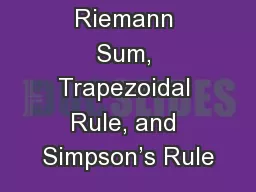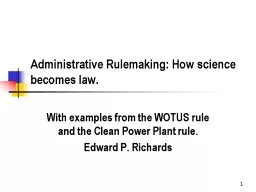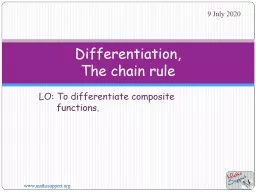PPT-3.6 The Chain Rule
Author : giovanna-bartolotta | Published Date : 2018-03-14
Bell Ringer Solve even s We now have a pretty good list of shortcuts to find derivatives of simple functions Of course many of the functions that we will encounter
Presentation Embed Code
Download Presentation
Download Presentation The PPT/PDF document "3.6 The Chain Rule" is the property of its rightful owner. Permission is granted to download and print the materials on this website for personal, non-commercial use only, and to display it on your personal computer provided you do not modify the materials and that you retain all copyright notices contained in the materials. By downloading content from our website, you accept the terms of this agreement.
3.6 The Chain Rule: Transcript
Download Rules Of Document
"3.6 The Chain Rule"The content belongs to its owner. You may download and print it for personal use, without modification, and keep all copyright notices. By downloading, you agree to these terms.
Related Documents














